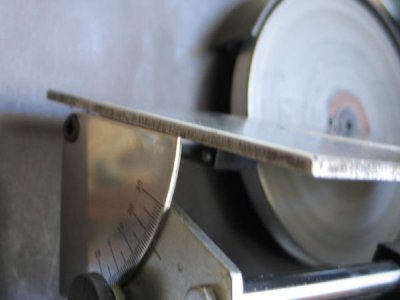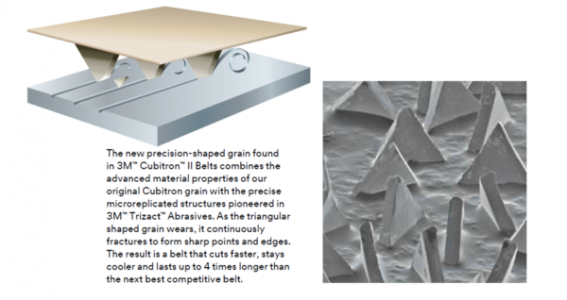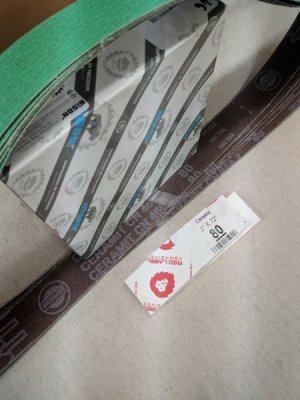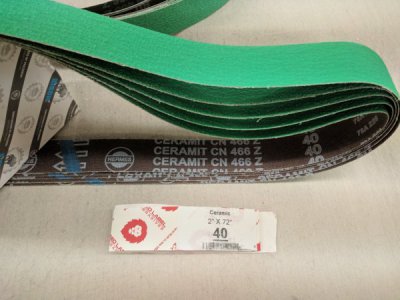- Joined
- Dec 20, 2012
- Messages
- 9,422
Is this the table you were talking about? I've been looking at that one, but was thinking how to make the "T" handle geared in some way to turn to the angle easily and then have the upper "pin" have some type of lock nut / lever to hold in place. Base plate would obviously be different as this is designed for their machines..
View attachment 243291
No, that is the Glend0 Grind-R Table. I have that one, too. I meant the table on the Accu-Finish Series 1. It has a swiveling protractor like this:
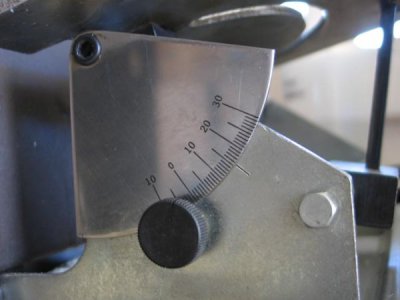
The table can swivel up and down and is locked at the chosen angle with a pin that passes through a block with a locking knob:
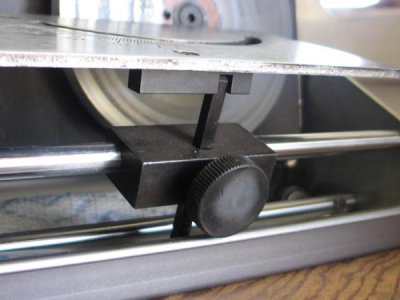
You set the protractor to the desired table angle and slide the table over so it sits on top of the protractor, then you lock the knob under the table to lock the pin. This locks the table angle and you can then slide the table over to grind tools on the face of the diamond wheel.
Simple and very accurate but you would need to sort out how to implement it. I'm not saying you should go this way - just throwing out ideas.
